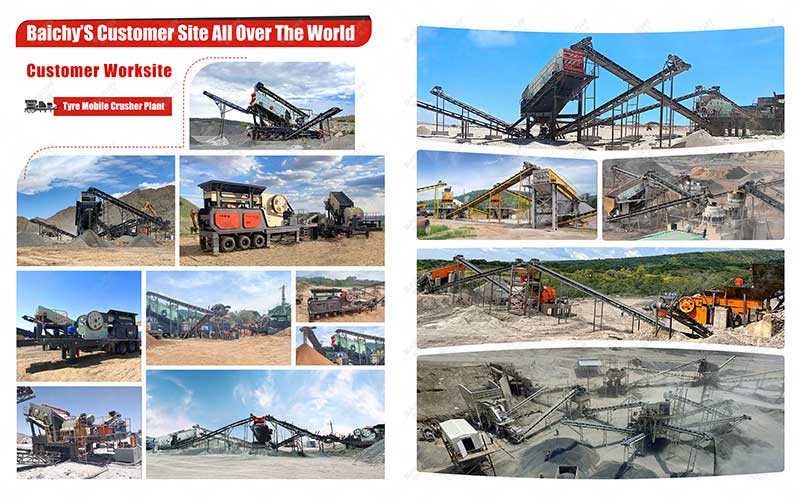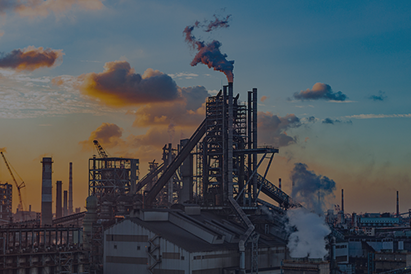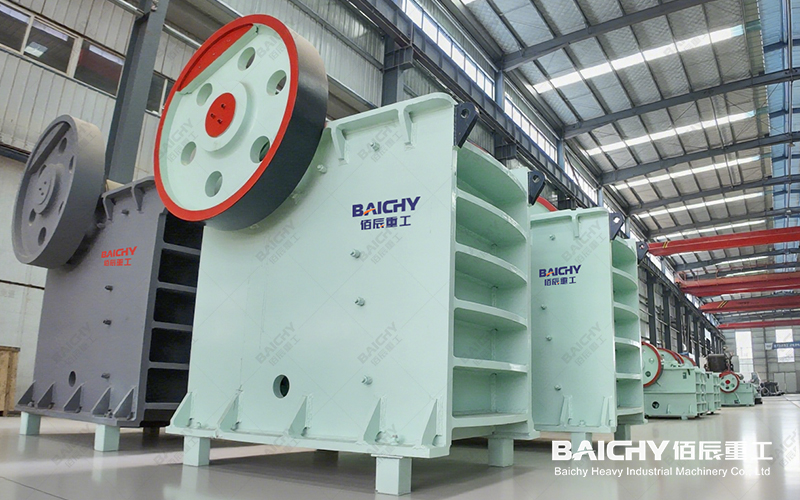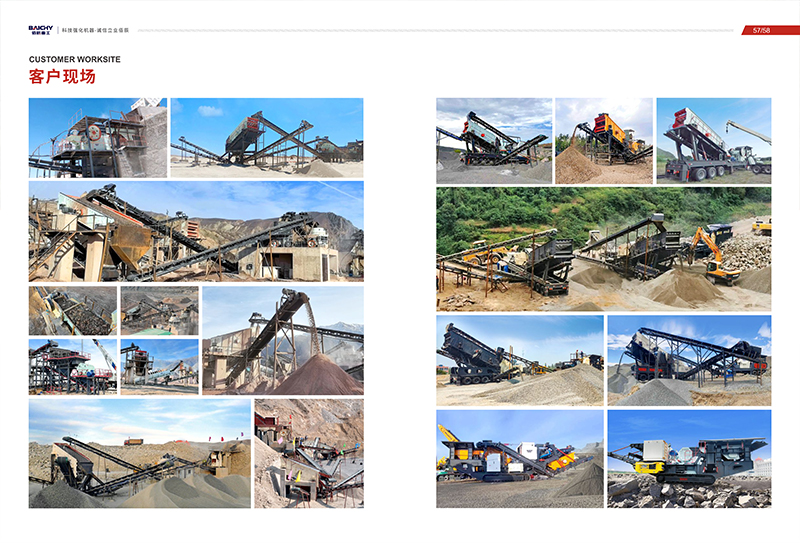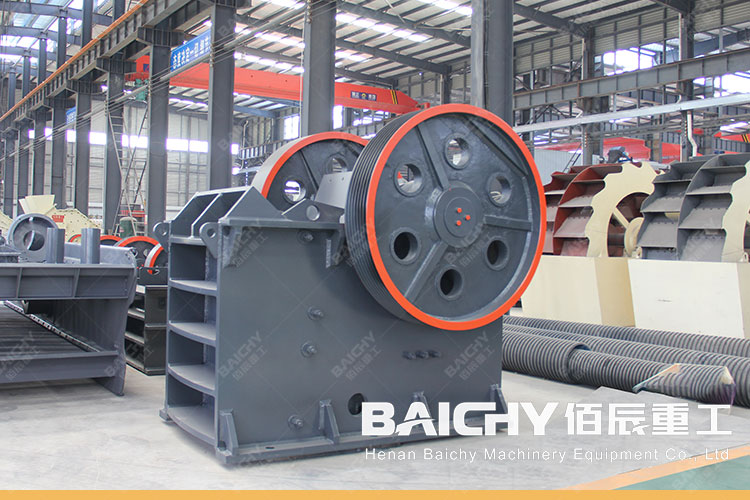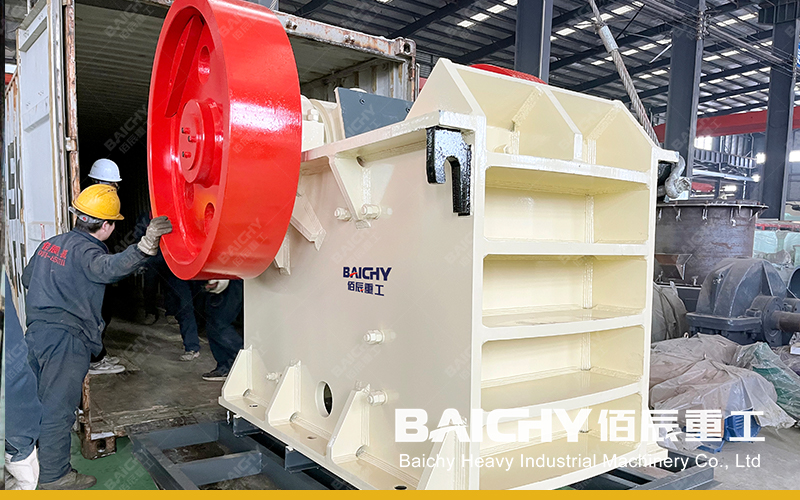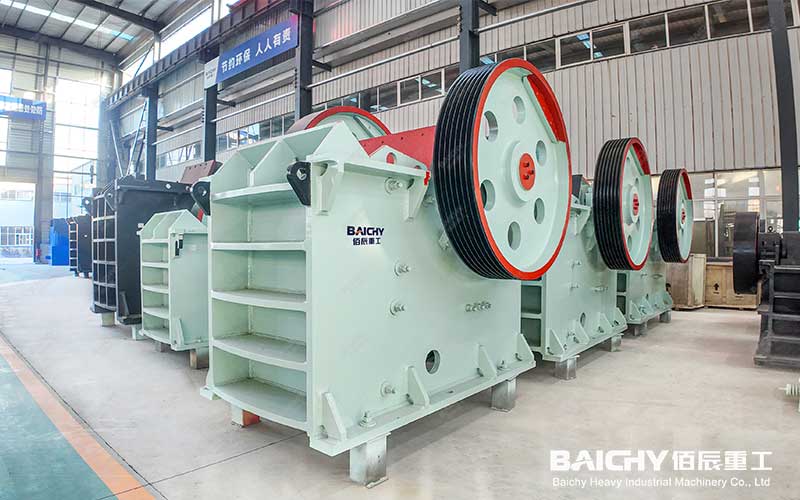
In the production of aggregates and sand, as well as in mining, the processing journey of any material begins with a crucial step: primary crushing. The core equipment responsible for this pioneering task is often the simple yet incredibly robust primary jaw crusher. Like the "iron stomach" of the production line, its powerful crushing capacity and exceptional reliability lay a solid foundation for subsequent processing steps. This article will provide an in-depth understanding of this veteran in the crushing industry.
1. What is a primary jaw crusher?
A primary jaw crusher, also known as a primary jaw crusher, is the first stage of crushing equipment specifically designed to process large ore or stone. Its primary task is to reduce the large excavated material (with a maximum feed size of over 1500mm) to a medium size (typically 100-250mm) for further processing in secondary secondary and fine crushing equipment such as cone crushers and impact crushers.
Its core strengths lie in its high reduction ratio (the ratio of feed particle size to output particle size) and strong impact resistance, making it capable of easily handling hard and abrasive materials.
II. Working Principle and Structural Features: Crushing with "Bionic" Power
The working principle of a jaw crusher is very intuitive, simulating the movement of an animal's jaws.
• Working Principle:
The device contains two jaw plates: a fixed jaw plate and a movable jaw plate that oscillates back and forth. When material is fed through the top feed port, the movable jaw plate periodically moves toward the fixed jaw plate, exerting tremendous pressure on the material trapped between the two jaw plates, causing it to break. When the movable jaw plate moves away, material that has been crushed to a size smaller than the discharge port falls by gravity, achieving continuous crushing.
• Structural Features Underscore Its Ruggedness and Durability:
1. Integral Steel Frame: The frame is constructed of high-quality cast steel or welded steel, ensuring stable operation under high impact.
2. Massive Eccentric Shaft: This core transmission component undergoes special heat treatment to achieve extremely high fatigue and torsional strength.
3. High-Manganese Steel Jaw Plate: This wear part, which comes into direct contact with the material, is made of highly wear-resistant high-manganese steel, ensuring a long service life. 4. Flywheel Design: Stores energy, ensuring smoother machine operation and effectively balancing loads.
5. Double-plate Adjustment System: By adjusting the angle between the jaw plates, the output particle size can be flexibly controlled to meet different production needs.
III. Core Advantages and Applications
• Core Advantages:
◦ Simple Structure and Easy Maintenance: Low operating threshold, relatively low costs for routine maintenance and replacement of wearing parts.
◦ Strong Adaptability and Durability: Capable of handling ores, rocks, construction waste, and other materials of varying hardness, and is insensitive to moisture requirements.
◦ Low Investment Cost and High Return: As a basic crushing equipment, it offers an extremely high cost-effectiveness and is an ideal choice for small and medium-sized production lines.
• Main Applications:
◦ Mining: Primary crushing of gold, copper, iron, and other ores.
◦ Sand and Gravel Aggregate Plants: Crushing large rocks after blasting into the desired particle size.
◦ Construction Waste Resource Utilization: Crushing concrete blocks, bricks, and tiles for recycling. Preparation of basic raw materials for industries such as metallurgy, chemicals, and building materials.
IV. How to Choose the Right Primary Jaw Crusher?
Model selection is crucial to ensuring production efficiency, and the following factors should be considered comprehensively:
1. Material Characteristics: Material hardness, moisture content, mud content, and maximum feed size.
2. Production Capacity Requirements: What is your desired hourly output (tons/hour)?
3. Output Particle Size Requirements: What size should be crushed to meet the feed requirements of the next-stage crusher?
4. Equipment Power and Energy Consumption: Consider local electricity prices and choose a model with high energy efficiency.
5. Brand and After-Sales Service: Choose a reputable manufacturer to ensure equipment quality and long-term technical support.
Primary jaw crushers may not have fancy technology, but their durable reliability and irreplaceable role as the cornerstone of a production line make them a true "crushing pioneer." Whether building a new production line or upgrading equipment, choosing the right primary jaw crusher is undoubtedly the first decision to ensure the efficient and stable operation of the entire production system.
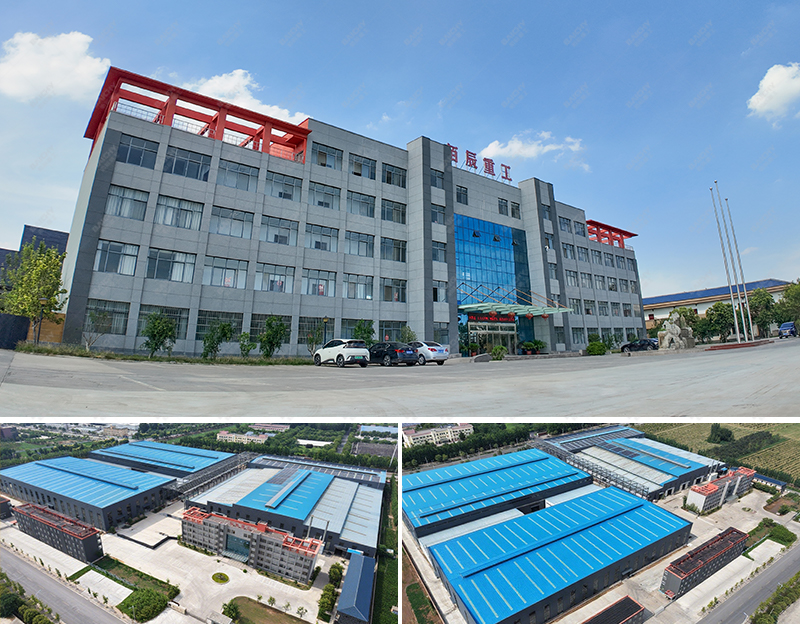
Baichy Heavy Industry – Your Trusted Partner for Seamless Equipment Operation
To ensure optimal performance of your equipment, Baichy Heavy Industry offers:
- Professional on-site installation guidance
- Comprehensive operator training
- 24/7 technical support & maintenance services
Our complete after-sales service system guarantees long-term, stable operation of your machinery with minimal downtime.
Protect Your Rights – Only Use Official Channels
To avoid scams and ensure authentic support, contact us exclusively through:
• Official Website: www.baichychina.com
• WhatsApp: +8615093222637
• Email: [email protected]
Your satisfaction is our priority – expect prompt, professional service every time.
(Note: Beware of unauthorized third parties claiming to represent Baichy. Always verify through official contacts.)
